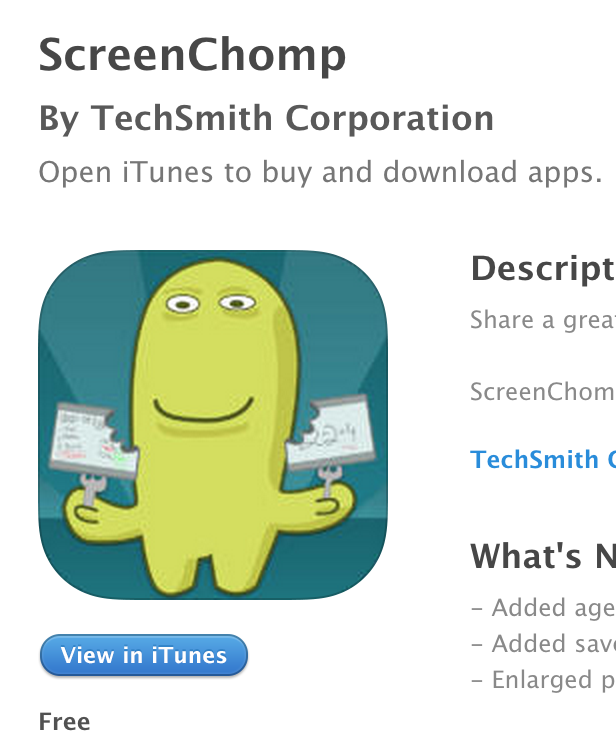
This past several weeks Darla has been meeting with elementary teams to focus on writing. Teachers have spent time developing rubrics and practicing scoring writing assessments. With these meetings, we have started to discuss the role of digital writing. Writing does not look the same as it did for most of us when we were students. Writing has taken on a new form as "digital writing". Why does digital writing matter? I like this graphic below from San Juan USD. It summarizes the writing standard with the technological piece using words like "variety of digital tools, produce & publish, collaboration, digital resources, different medium: digital text, video, multimedia". Writing is no longer producing a piece of text that is printed out and handed in for only one teacher to read. Writing is now often a collaborative process as well as a shared product, sometimes even globally. Have you thought about having your students create a webpage? Writing incorporated into a video? Writing with another class in another country? Think about the possibilities with social media as well. Let your students blog and receive comments, use Twitter to share and collaborate, use an app to let them create!
Click here to read a fantastic article by Jeff Grabill on "Why Digital Writing Matters". Here are some good, free apps for digital storytelling:
StoryKit is an awesome free app that allows you to easily create an electronic story book.
This highly engaging app allows you to move “puppets” and record your voice to create a story. It's fantastic for all sorts of things such as public service announcement, telling a story from different characters’ points of view, and sharing information. (Richard Byrne)
AudioBoom allows you to record and share your voice online.
Tellagami lets you create a talking avatar....quick and easy to use, search my blog for "Tellagami" to see my post on the app and how it has been used in the district.
 ScreenChomp is an awesome way to use screencasting for storytelling with our youngest learners. Just put up a picture and have your student talk about it, draw on top of it, and record. This app allows for authentic communication of learning as students are able to show process and understanding. (Richard Byrne)
ScreenChomp is an awesome way to use screencasting for storytelling with our youngest learners. Just put up a picture and have your student talk about it, draw on top of it, and record. This app allows for authentic communication of learning as students are able to show process and understanding. (Richard Byrne)
 ScreenChomp is an awesome way to use screencasting for storytelling with our youngest learners. Just put up a picture and have your student talk about it, draw on top of it, and record. This app allows for authentic communication of learning as students are able to show process and understanding. (Richard Byrne)
ScreenChomp is an awesome way to use screencasting for storytelling with our youngest learners. Just put up a picture and have your student talk about it, draw on top of it, and record. This app allows for authentic communication of learning as students are able to show process and understanding. (Richard Byrne)